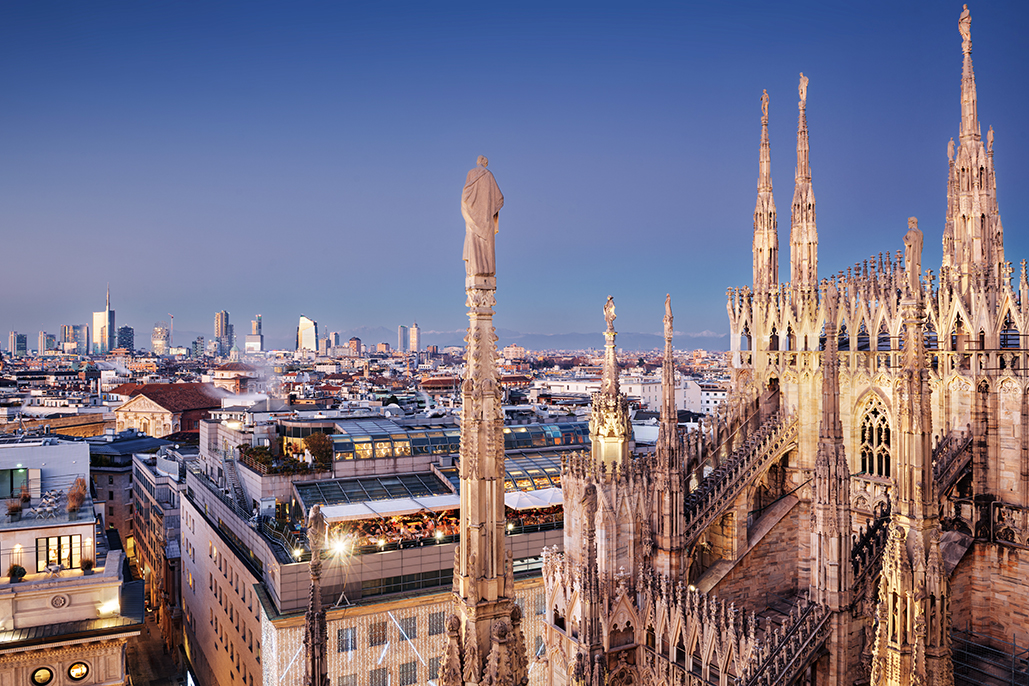




Your Italian Certainty
Semplificare il processo di investimento in Italia.
Dopo anni di sviluppo e perfezionamento, Eteria si è affermata quale realtà di primario standing nella fornitura di servizi alla clientela internazionale in ambito corporate e real estate.




i nostri servizi
Corporate
Un’impresa sicura ed efficiente è il fondamento di un business di successo. Eteria fornisce ai propri clienti consulenza e assistenza in materia societaria fin dalla fase preliminare di costituzione della società, supportandoli nell’analisi e nella scelta della forma giuridica più adatta alle loro esigenze.
Servizi di costituzione
Segreteria societaria
Servizi di compliance
i nostri servizi
Real Estate
Le acquisizioni immobiliari in ordinamenti stranieri, come quello italiano, possono essere fonte di innumerevoli disagi, rischi e incertezze. Il nostro punto di forza è la capacità di combinare una consolidata esperienza nell'assistenza a transazioni e investimenti immobiliari con una conoscenza approfondita del profilo del diritto immobiliare.
Due diligence immobiliare
Analisi del costo fiscale
Supporto nella stipula dell’atto notarile
Servizio di procuratore speciale
What they say
Vulputate mi sit amet mauris commodo quis imperdiet. Metus vulputate eu felis imperdiet proin nulla aliquet enim.
Amet Vulpitat, Digital Marketing
Prev
Next
Le nostre ultime
Notizie e approfondimenti
No posts were found for provided query parameters.

